The Authentic Flavors of Greece: Discovering Traditional Greek...
A journey through Greece’s living heritage,...
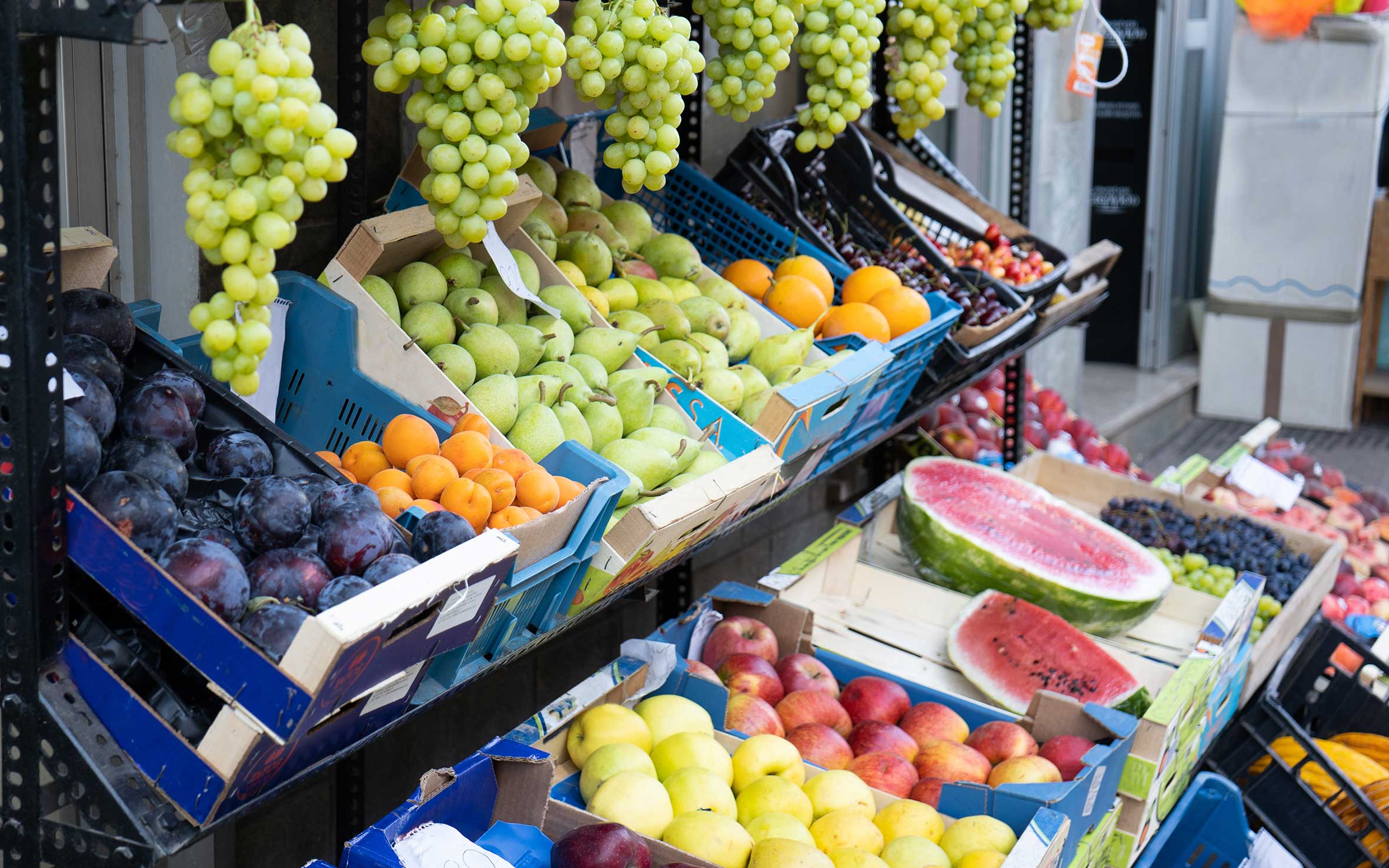
Why do fruit and vegetables taste so much better in Greece? The answer is simple: they’re ripe. As in, they’ve ripened properly on the plant, still connected to the soil and touched by the sun – not in a crate in the back of a truck, and not refrigerated in a supermarket storage room.
While there are some markets in Greece that specialize in providing imported and out-of-season produce, most greengrocers and all farmers’ markets stock mainly Greek crops, and locals cook mostly with what’s in season. This has several consequences; the Greek cuisine is varied, with distinct summer and winter fare, the food is healthy, since it allows for more natural farming, and the ingredients taste amazing. As an example, the famous “Greek tomatoes” you love, aren’t actually a specific tomato at all. All varieties of tomato (or “chrysomila,” golden apples, as they were first known when they arrived in the country in the early 19th century), from the small Santorinian ones to the large and meaty heirloom varieties, are simply sweeter and more flavorful because they are harvested locally, and allowed to ripen on the vine.
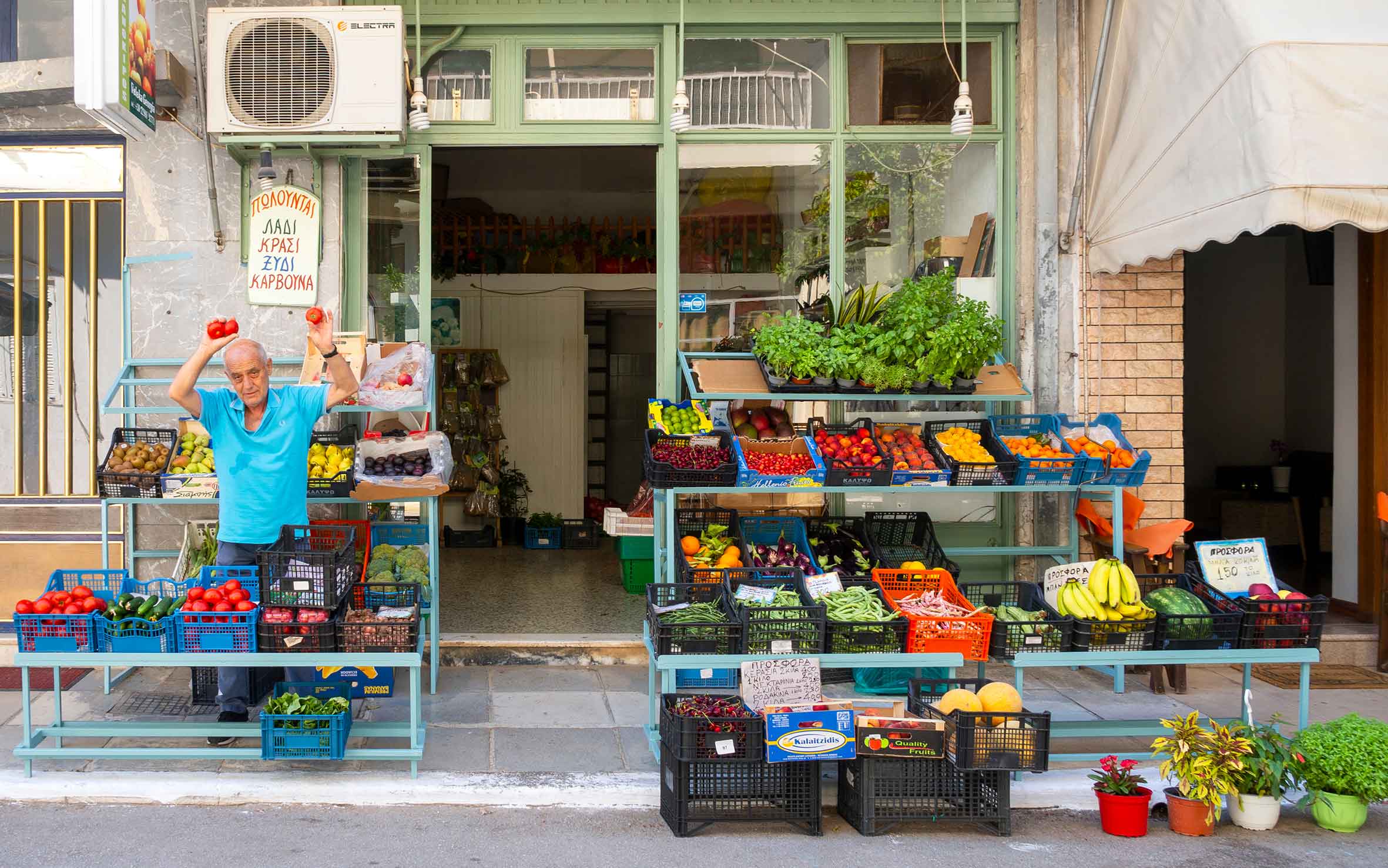
© Shutterstock
The same thing applies to watermelon. While the country is one of the world’s largest exporters of the fruit, the pale imported melon you get in your fruit salad at juice bars in other countries doesn’t compare to the one you’ll eat locally, either in flavor nor in color. Everyone rejoices when a plate of watermelon arrives on the house after dinner at a Greek taverna, and no one feels the need to order a different dessert. Cherries and honeydew go over just as well, and in the winter, apple slices with honey and cinnamon are a welcome treat as well.
Thanks to Greece’s mild climate and varied landscapes, the soil grows plenty of produce year-round. Below we’ve created a guide to the country’s most popular crops according to the season during which they are at their best, so you’ll know what to buy when.
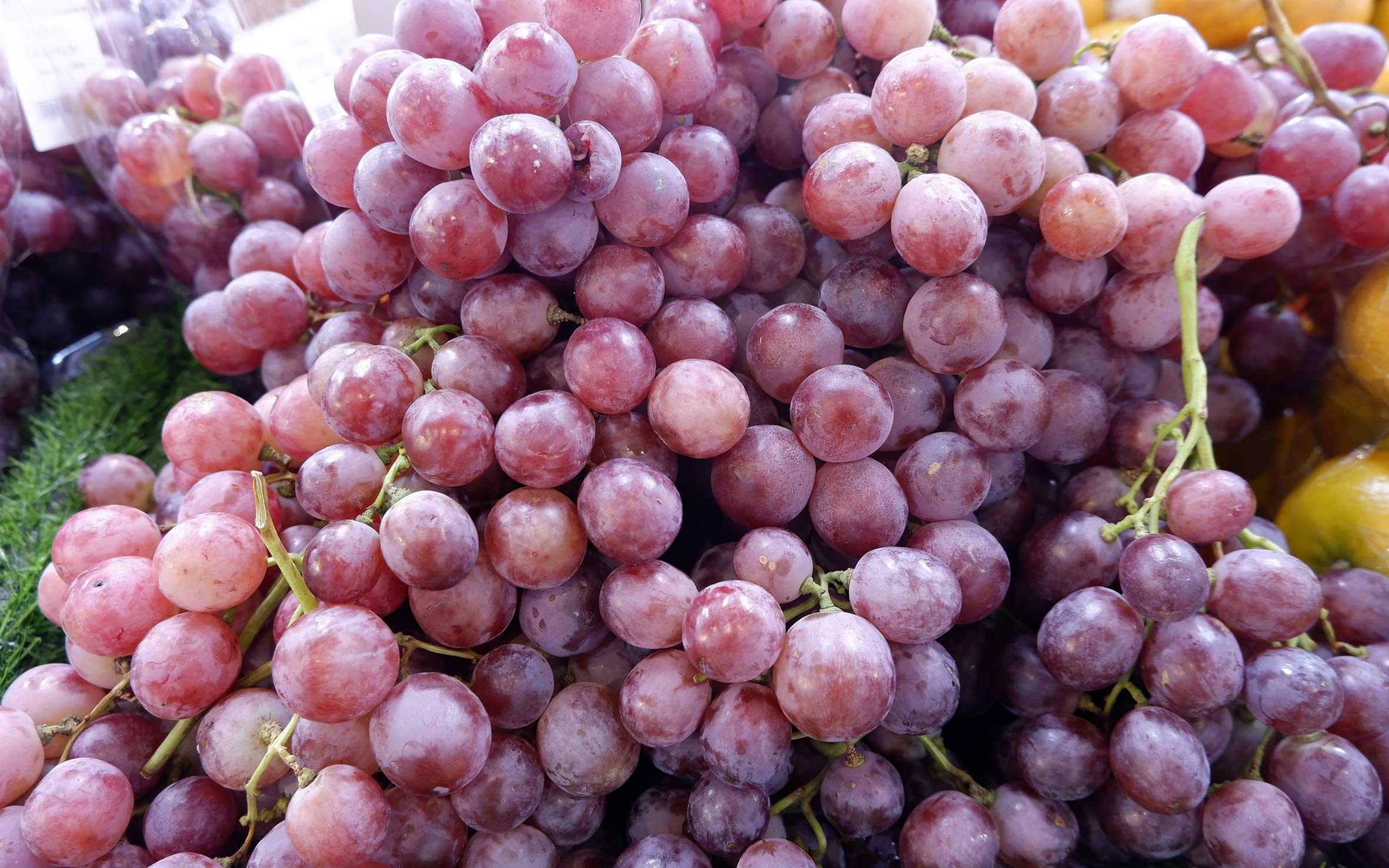
© Shutterstock
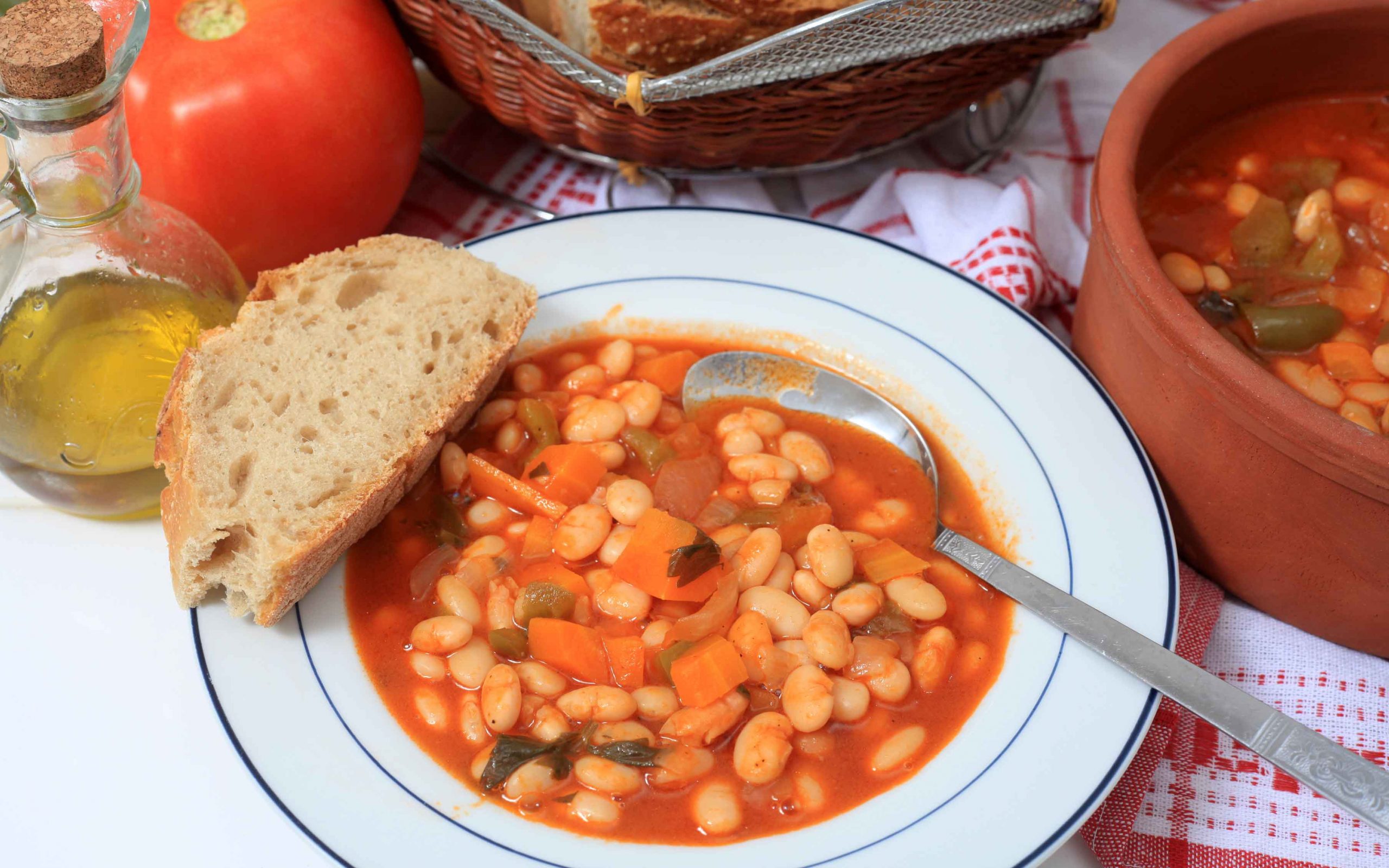
© Shutterstock
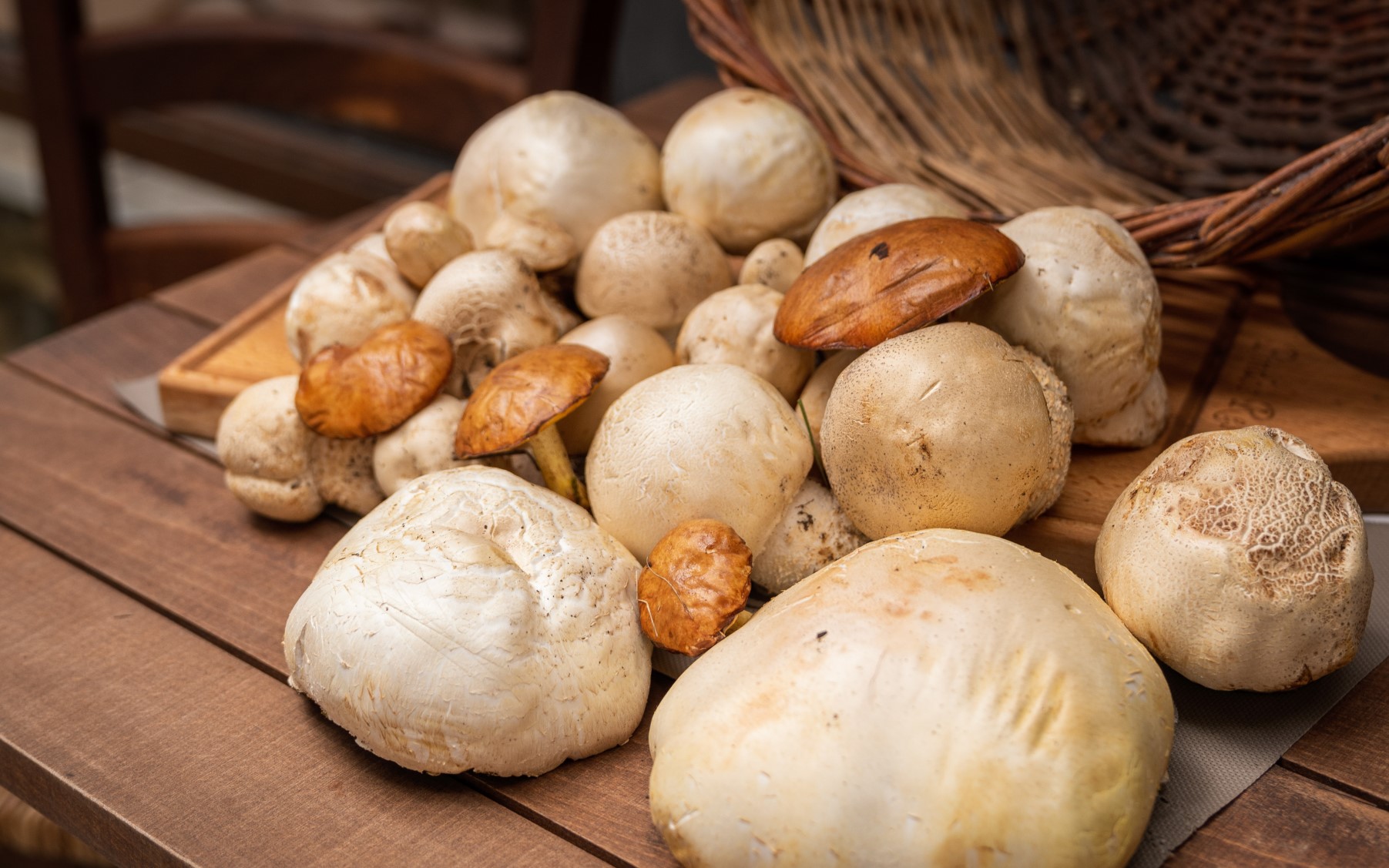
© Nicholas Mastoras
As we savor the last of the late summer fruit in early fall, the new season sneaks up on us almost out of nowhere. Suddenly, our options have switched from stone fruits and melons to juicy grapes, pomegranate and persimmon. You’ll also find kiwi, apples and quince – the latter of which is often used in food, or turned into spoon sweets, and the popular small Cretan bananas start to ripen in October as well.
Shopping for dinner at the farmers’ markets now, you’ll find tables overflowing with beans – both fresh and dried, perfect for cooking traditional lathera (oil-based dishes) and soups. You can still find a lot of the summer vegetables too, like tomatoes, eggplant, and zucchini, as well as potatoes and other root vegetables.
The famous Aegina pistachios are harvested in September, and you can find them fresh, in their fleshy skin, for a short time. After that, they’re dried and roasted. Meanwhile, few people know that Greece is home to a large variety of wild edible mushroom species, including truffles, chanterelles, morels, pleurotus, porcinis and trumpets, perfect for adding a little cozy fall-flavor to your meals (although they actually grow year-round). These can also be purchased fresh or dried. Other delicious treats to buy dried right now are newly harvested walnuts and figs.
October-November is also when the first olives are harvested. These are the unripe olives – the green olives. Some of these are made into olive oil, referred to as agourelaio (immature olive oil), although most olives are left to ripen on the trees for a bit longer.
Greece’s national dish, fasolada, is a bean soup made with tomato, celery, carrots, herbs and onion. It’s perfect to enjoy on the first chilly days of the year. Another hearty bean dish is gigantes beans in the oven, a lathera dish often prepared with some local sausage.
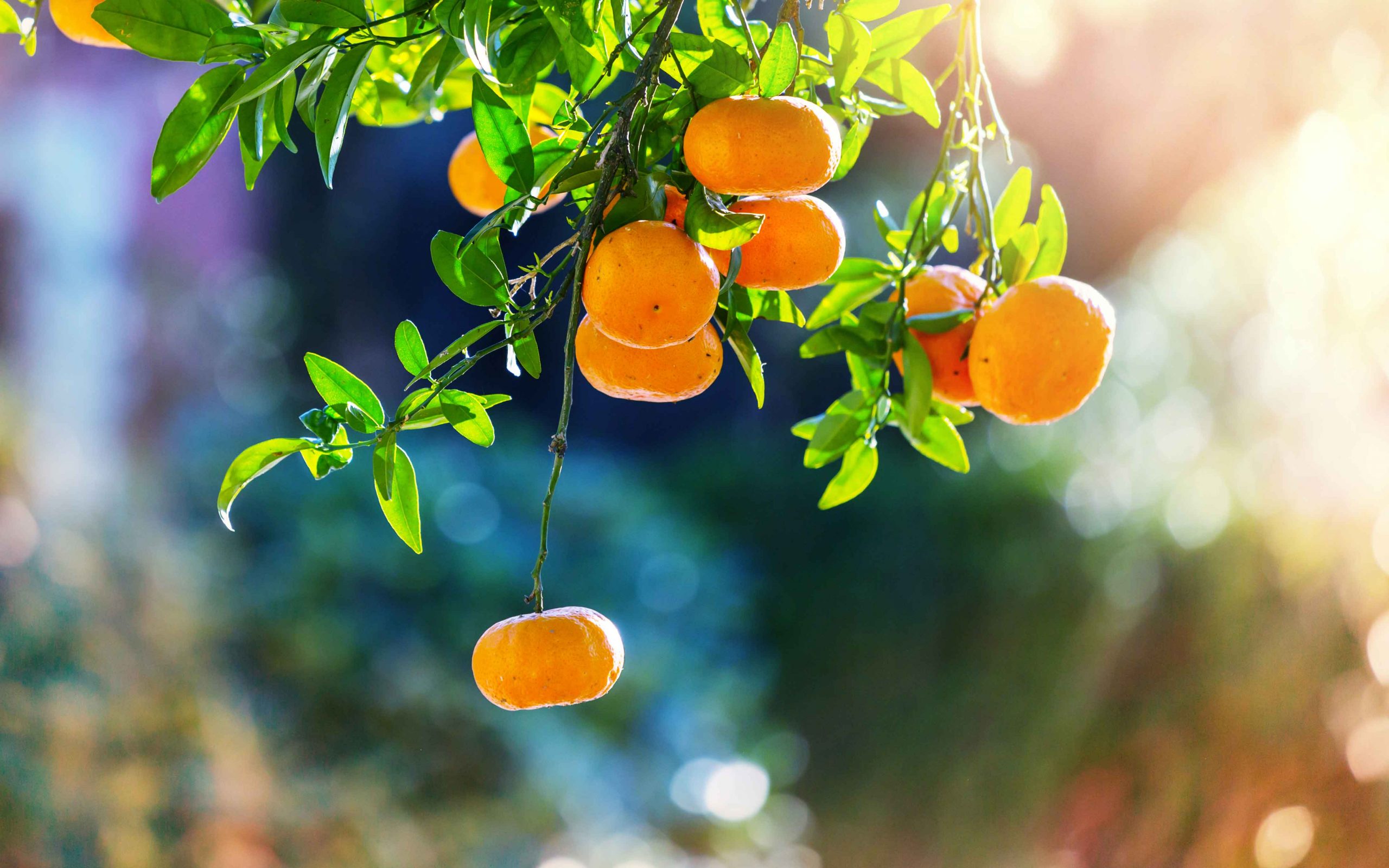
© Shutterstock
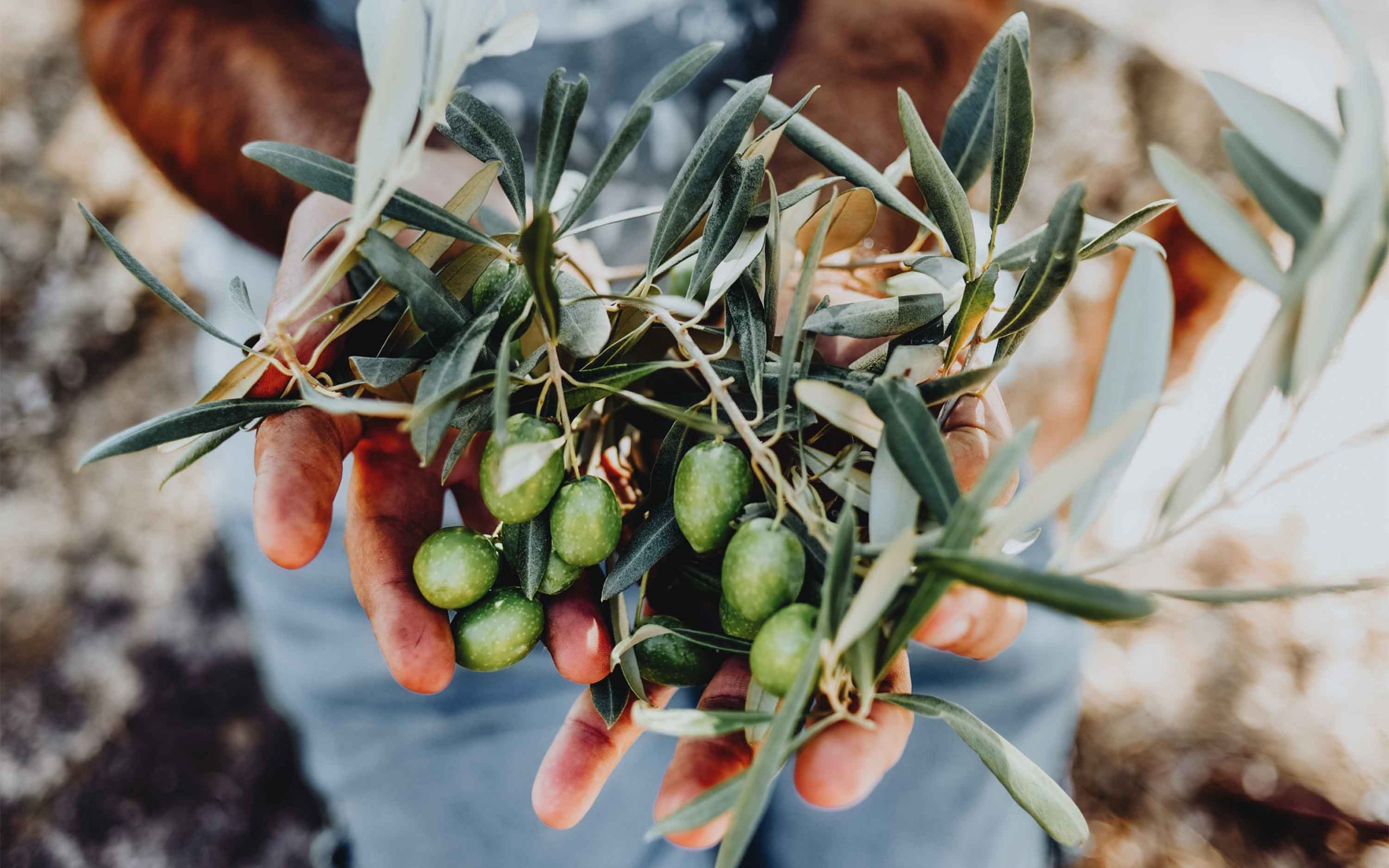
© Shutterstock
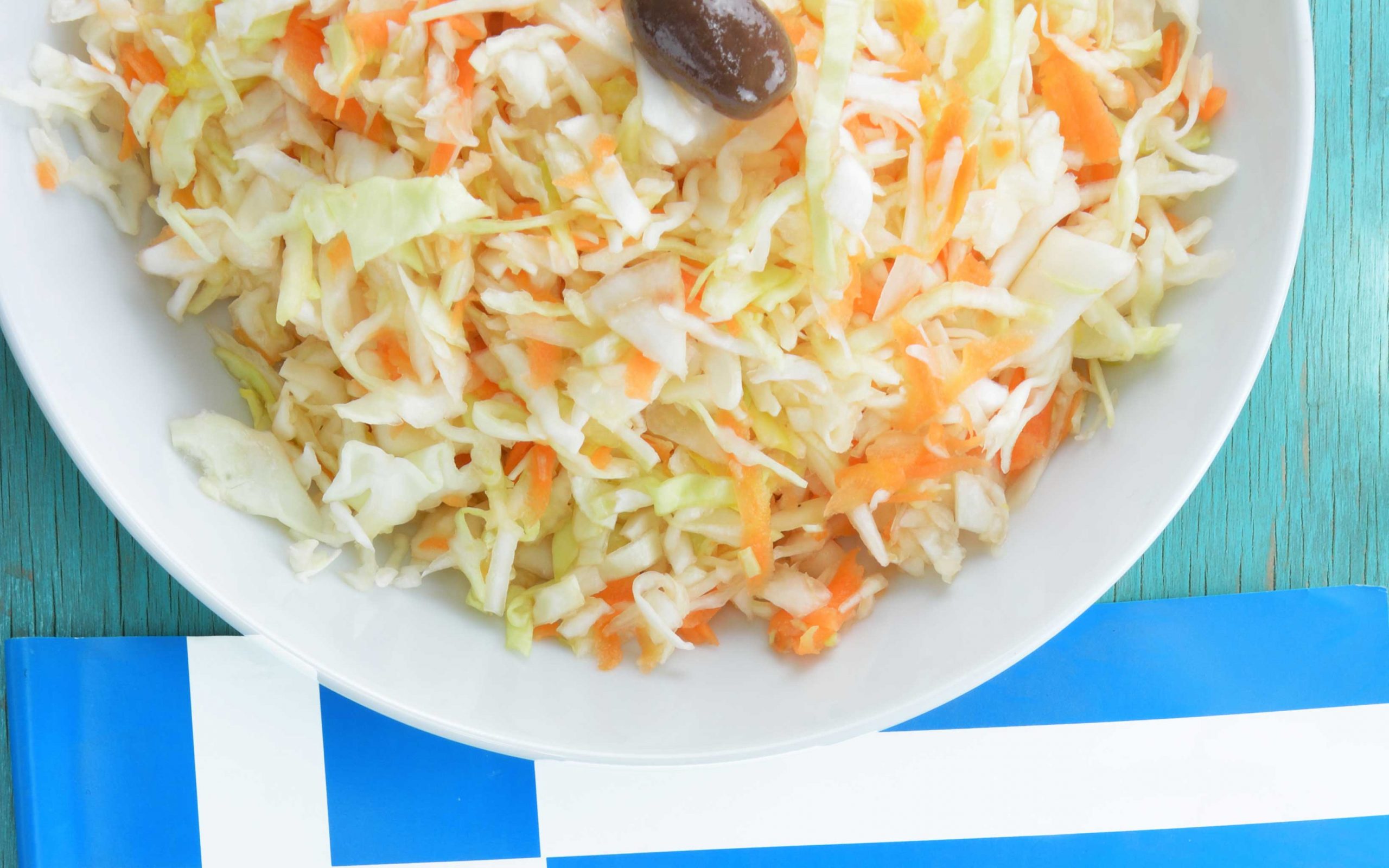
© Shutterstock
It’s easy to forget that it does get cold in Greece. But while it’s warm enough in most of the country for food to continue to grow, it can definitely get freezing enough that you need some hearty winter fare. Thankfully, the vegetables that grow in abundance during the humid winter are good and filling.
While root vegetables grow in Greece year-round, the winter is when they make it onto the dinner table in the most forms. Potatoes are still fried and roasted, but also enrich meaty stews, along with carrots and onions. Winter is also the best time for broccoli, beets, cauliflower, cabbage, celery (stalks and root), parsnip, fennel root, leeks, chard and spinach. Towards the end of the season, artichokes and avocados enter the markets as well.
Among the fruits to enjoy are pears, apples and Cretan bananas, while citrus fruits are the shining stars, with oranges, clementines, grapefruits, lemons and tangerines piled up high at the markets. Make sure you pick from the right display – the greengrocer can tell you which oranges are suitable to juice, and which are better for snacking.
The olives also finally ripen in the winter, and are harvested to be sold as “black olives” or made into delicious olive oil.
In the cities, the streets are often filled with the sweet Christmassy smell of grilled chestnuts. Street vendors will sell them to you charred, in paper cones.
Lahano karoto salad is shredded cabbage and carrots, served with olive oil and lemons to squeeze over the top. If it’s too cold to think about food that isn’t hot, beets and their greens are served warm, and a good alternative to a salad.
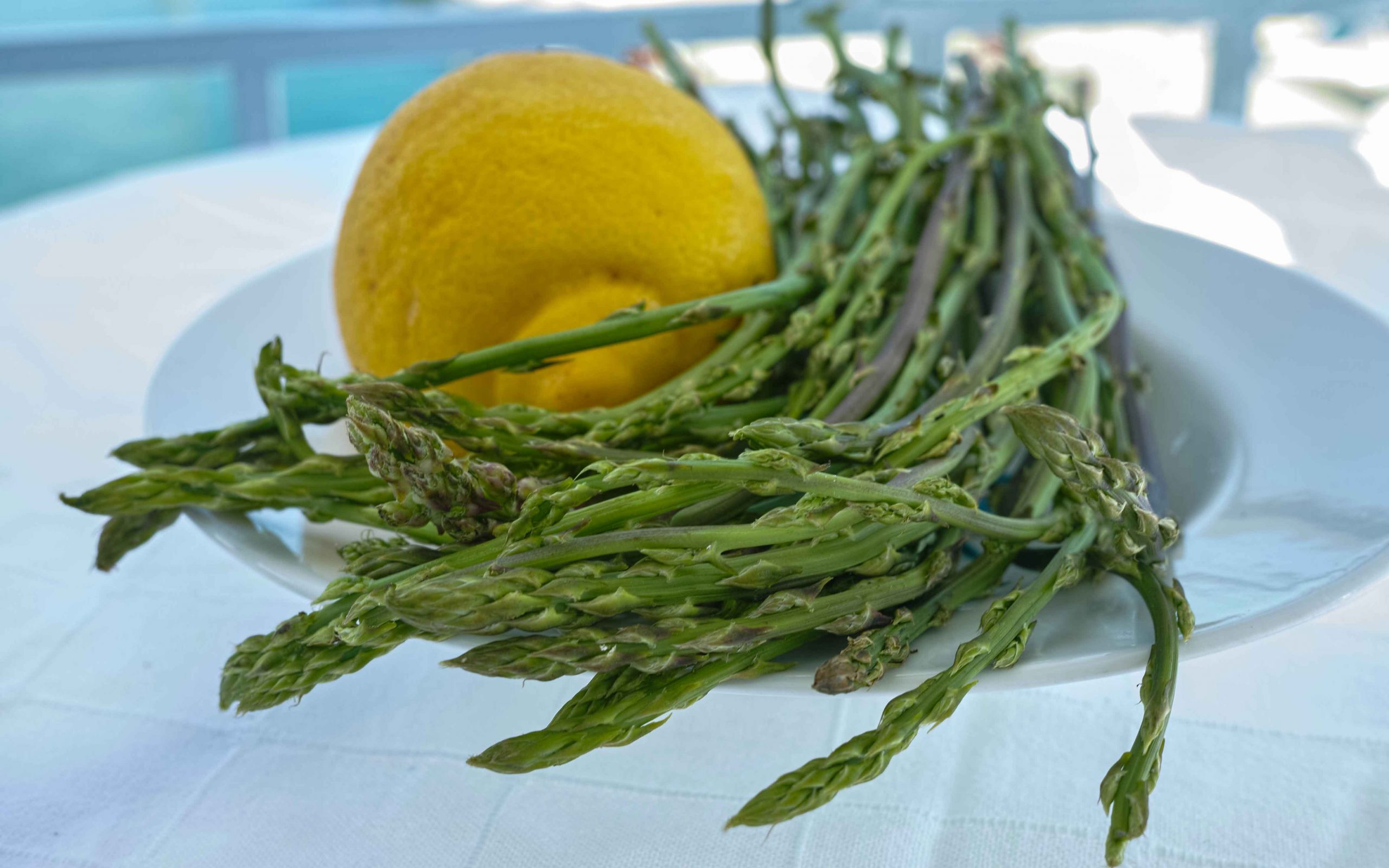
© Shutterstock
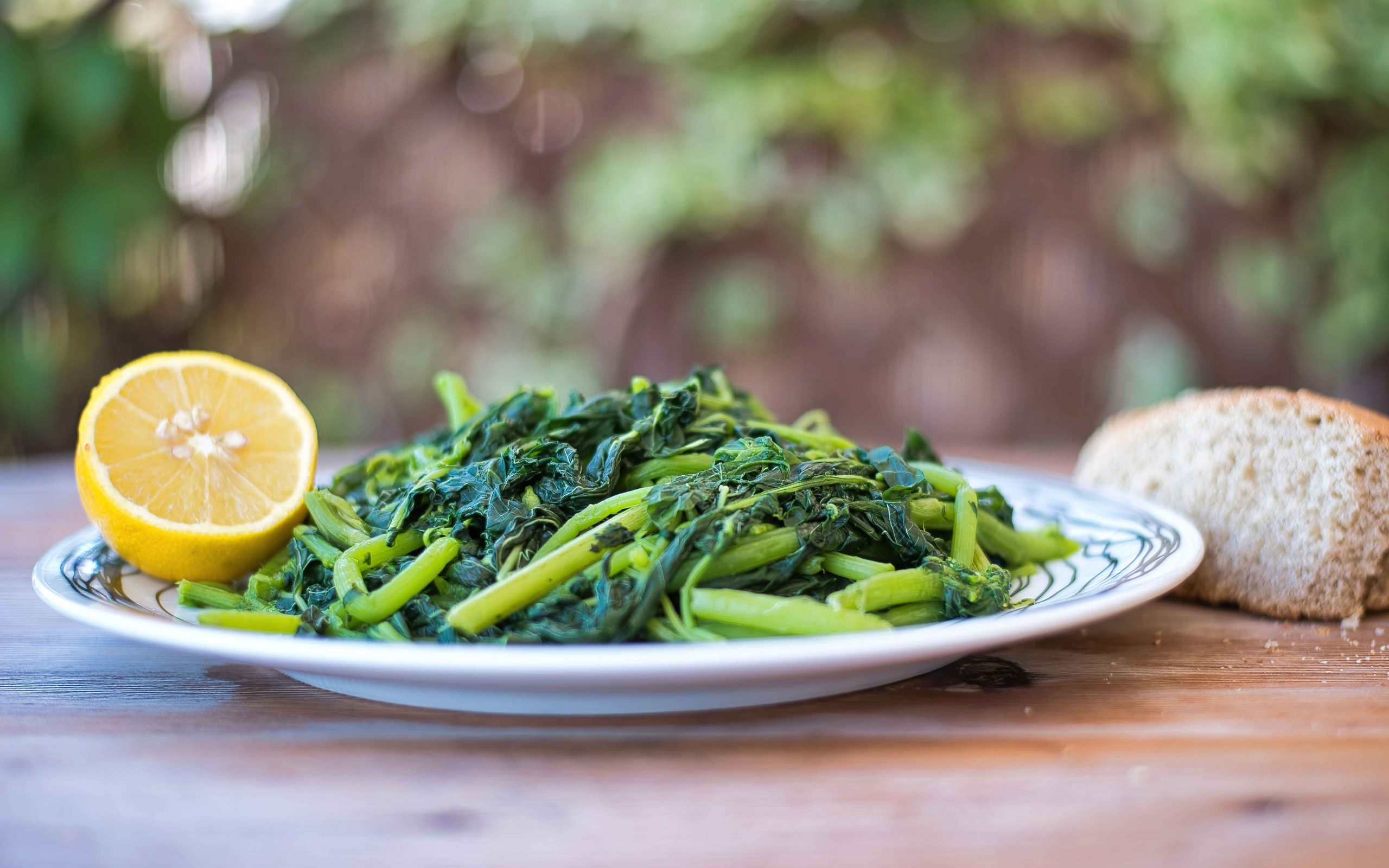
© Shutterstock
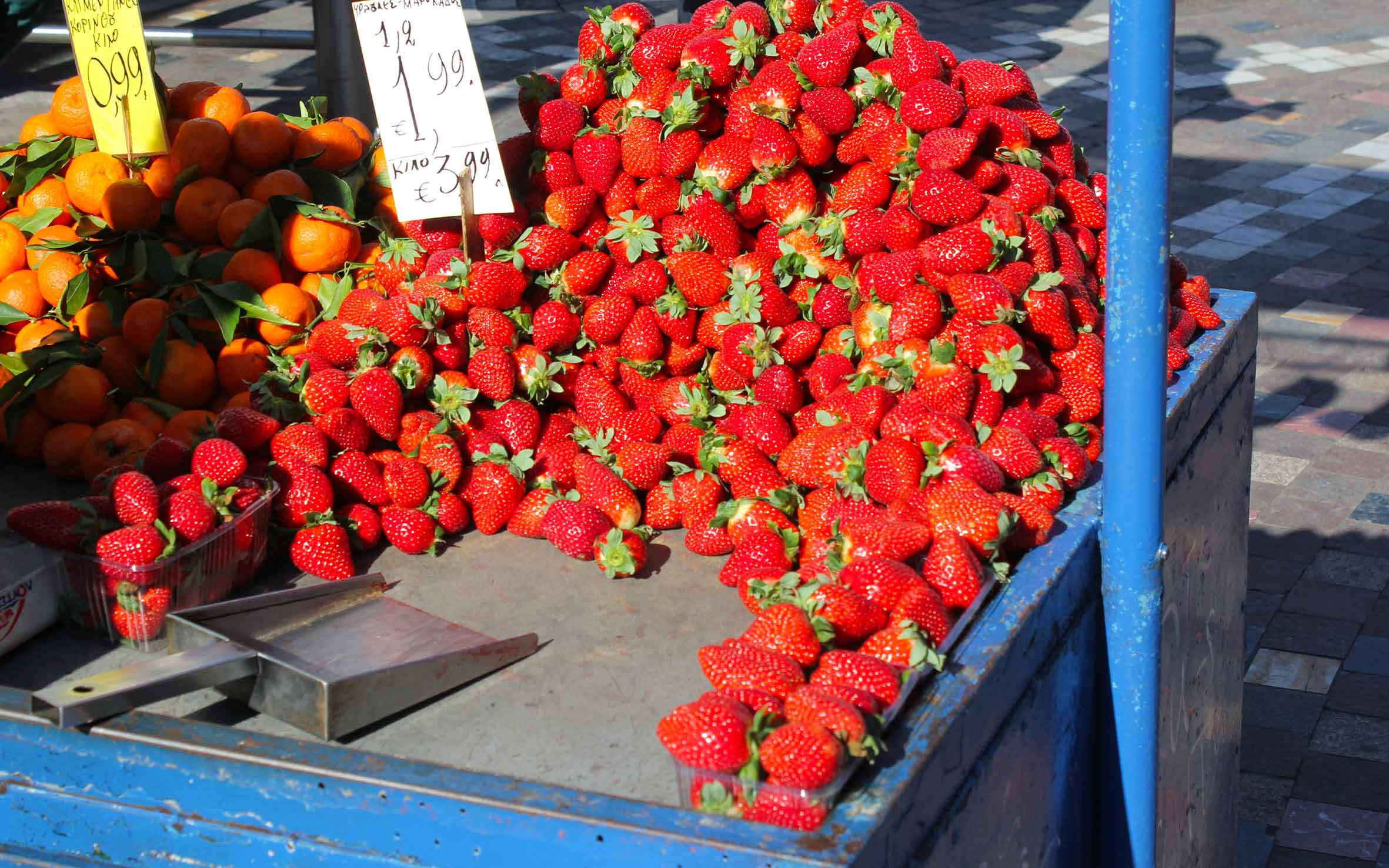
If you think of spring vegetables, you probably picture an assortment of green on a plate. Most of those iconic spring veggies, like asparagus, green beans, green onions, peas and zucchini, grow abundantly in Greece – some even mainly in the wild. In the spring, all these delicate veggies can be found at the farmers’ markets and at the markets. Fennel leaves are in season as well, as are avocados, radishes and the popular wild vlita (amaranth greens) and broad beans. In May, grape leaves are picked and sold to those skilled or ambitious enough to tackle a recipe for the popular dolmadakia yalantzi (grape leaves stuffed with rice, herbs, and sometimes minced meat). The winter veggies are still around as well, and the closer it gets to summer, vegetables like eggplants and peppers are ripening too.
While berries don’t grow as much in Greece as in the northern European countries, in spring you can find both strawberries and wild loganberries, and the first summer fruits, like sour cherries, arrives at the farmers’ markets, and sells fast as the wind.
Marathopita is a peppery wild fennel pie. Vlita is boiled and served like all wild greens, slightly warm with oil and vinegar or lemon.
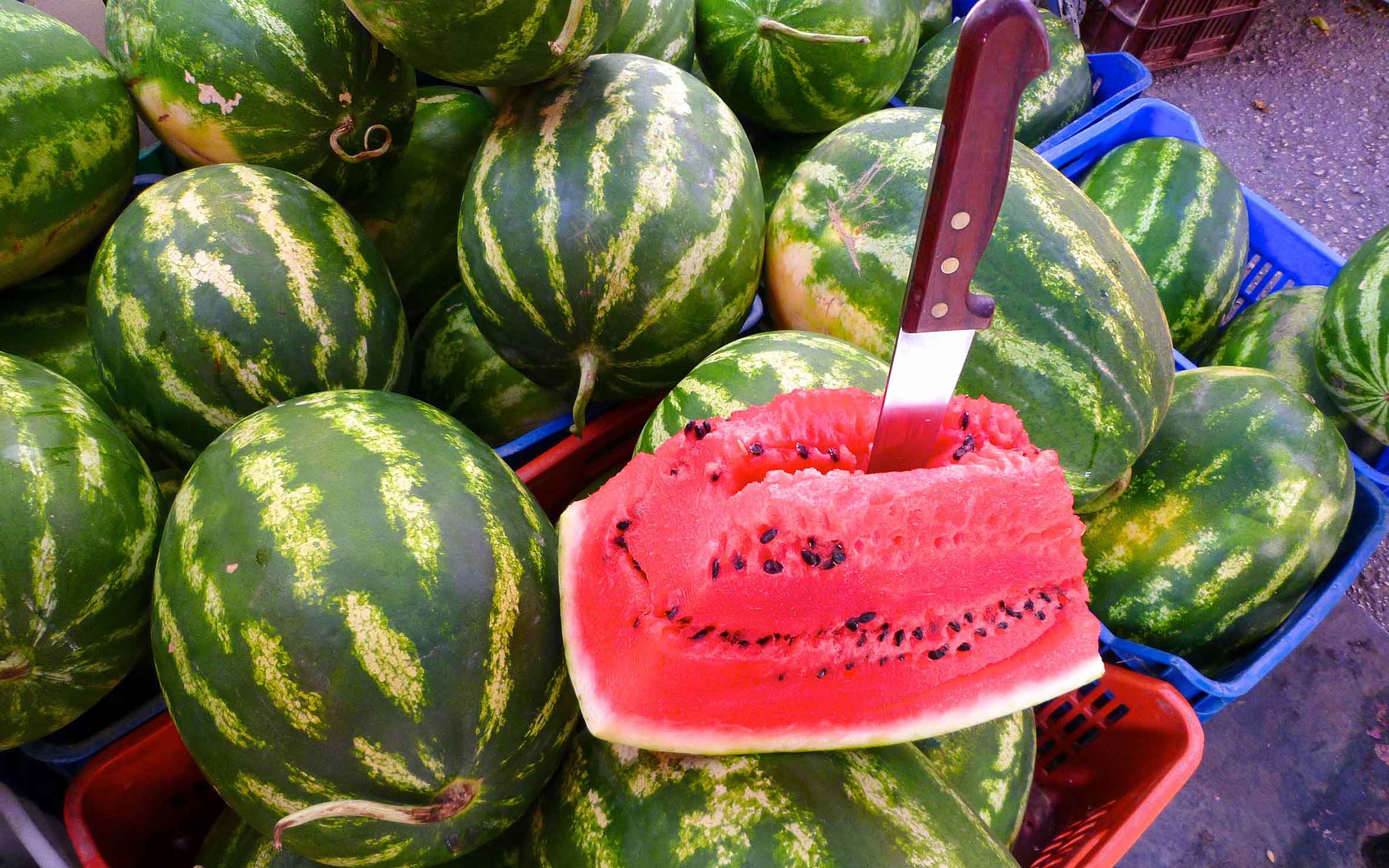
© Shutterstock
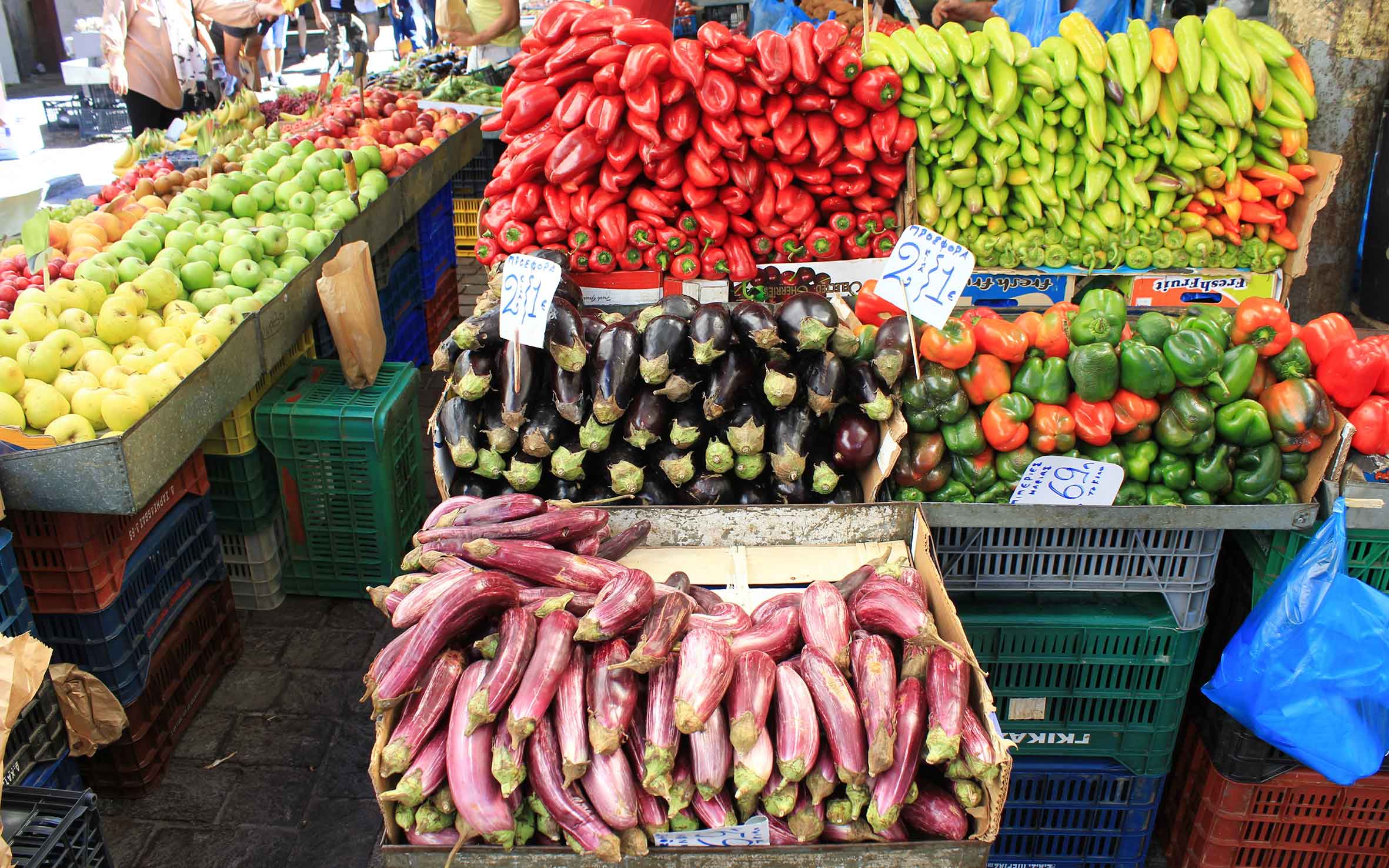
© Shutterstock
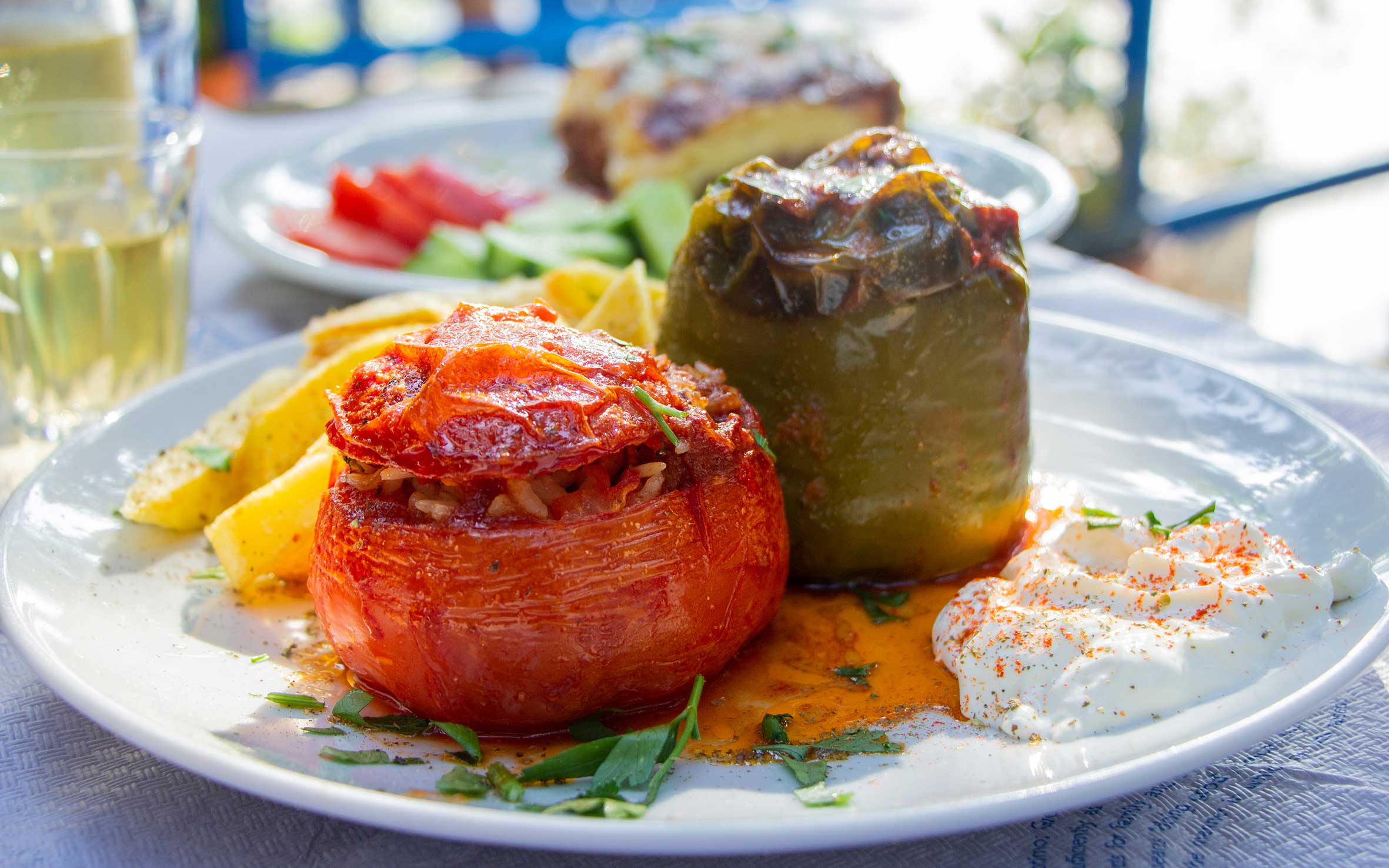
© Shutterstock
Finally, they are here: the best tomatoes, the watermelons, the peaches and the peppers. Oh, and the eggplants – let’s not forget about the vegetable that defines the moussaka.
The abundance of delicious produce that is at its best this season could be enough to turn a meat eater vegetarian. The counters at the markets are piled high with tomatoes, cucumbers, peppers, eggplants, zucchini, summer squash, okra, leafy greens, herbs, peas, and wild greens, along with most of the vegetables that peak in other seasons as well, such as root vegetables, onions and fresh beans.
Stone fruit like various varieties of peaches and nectarines, wonderfully sweet apricots, plums and cherries (the sour cherries come first, in June, followed by sweet, dark and plump varieties in July) are wonderful, and besides the watermelons, honeydew melons and cantaloupes are equally delicious. Also look for the special yellow, oblong melons from Argos. In August, look at the greengrocers, the farmers’ markets and by the side of the road for figs and prickly pears.
The famous “Greek salad” is called a horiatiki (village salad) in Greek, and it might be even more iconic than the moussaka or the fasolada. It’s the perfect medley of the season’s bounty, a symphony of flavors and colors: the sweet tomato, the crunchy cucumber, the crisp peppers and onions, the flavorful oregano – even better when fresh from the plant, all drenched in the unifying olive oil and topped with feta cheese.
Gemista are vegetables (most commonly tomatoes and peppers) stuffed with flavorful rice (and sometimes minced meat or bulgur), cooked and served with roasted potatoes.
Briam is the Greek version of a ratatouille – roasted eggplant, zucchini, tomato, peppers, onions and potatoes with herbs and lots of olive oil.
A journey through Greece’s living heritage,...
Among the many city eateries offering...
From world-famous giant beans and crisp...
From kafeneia serving souma and meze...